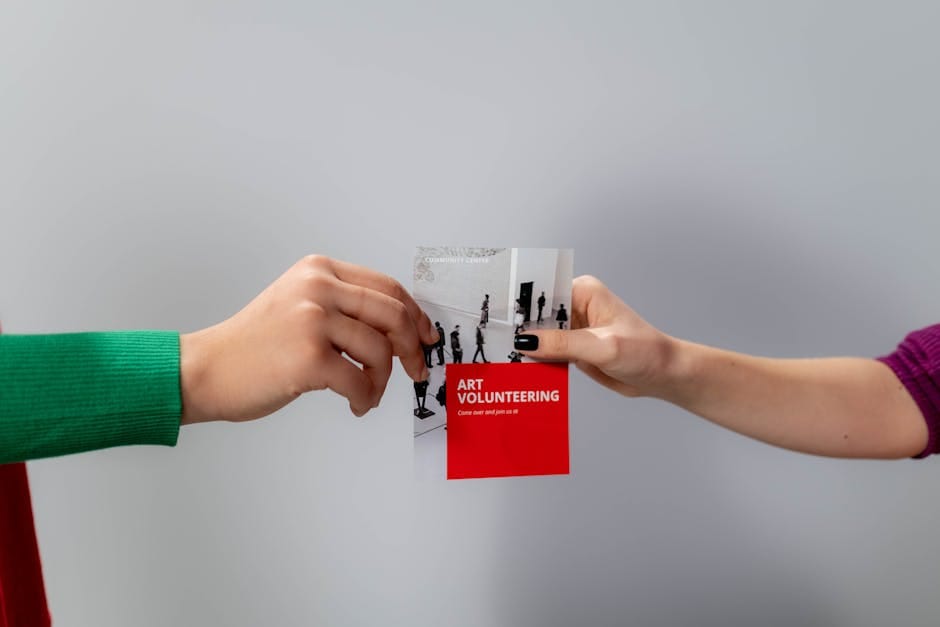How to Use Interactive Email Campaigns in Marketing Promotions
In the ever-evolving landscape of digital marketing, standing out in a crowded inbox is a formidable challenge. Interactive email campaigns have emerged as a powerful tool for marketers looking to engage audiences and drive conversions. In this blog post, we will explore how to effectively use interactive email campaigns in your marketing promotions, providing actionable insights and real-world examples to help you maximize your email marketing strategy.
What are Interactive Email Campaigns?
Interactive email campaigns are emails that include elements such as videos, quizzes, surveys, carousels, and more, allowing recipients to engage directly within the email. Unlike static emails, interactive emails encourage user participation, making them more engaging and memorable. According to a study by Litmus, interactive emails can increase click-to-open rates by as much as 73%.
Why Use Interactive Email Campaigns?
Interactive emails offer several benefits that make them a compelling choice for marketers:
- Enhanced Engagement: By providing an interactive experience, these emails capture the recipient’s attention and encourage them to spend more time engaging with your content.
- Improved Conversion Rates: According to Campaign Monitor, interactive emails can increase conversion rates by up to 300%.
- Better Customer Feedback: Interactive elements such as surveys and polls make it easier for users to provide feedback, helping you gather valuable customer insights.
Types of Interactive Email Elements
To create an engaging interactive email campaign, consider incorporating the following elements:
1. Videos
Embedding videos in your emails can significantly boost engagement. According to HubSpot, including a video in an email can increase click rates by 300%. Consider using short, captivating videos to demonstrate products, share customer testimonials, or offer tutorials.
2. Quizzes and Surveys
Quizzes and surveys are excellent tools for gathering information and engaging your audience. By encouraging recipients to participate, you not only increase interaction but also gain valuable data. Use platforms like SurveyMonkey or Typeform to create engaging quizzes and surveys.
3. Image Carousels
Image carousels allow users to swipe through multiple images within an email, offering a dynamic way to showcase products or services. This feature is particularly useful for e-commerce brands showcasing their latest collections or promotions.
4. Countdown Timers
Countdown timers create a sense of urgency, encouraging recipients to take action before time runs out. They are particularly effective for limited-time promotions or upcoming events. Tools like MotionMail can help you easily add countdown timers to your emails.
5. Interactive Infographics
Infographics are an excellent way to present data in a visually appealing format. Adding interactive elements, such as clickable icons or animated graphics, can make your infographics even more engaging and informative.
Best Practices for Creating Interactive Email Campaigns
While interactive emails offer many benefits, implementing them effectively requires careful planning and execution. Here are some best practices to keep in mind:
1. Keep It Simple
While it’s tempting to include multiple interactive elements, it’s important to avoid overwhelming your audience. Focus on one or two key elements that align with your email’s goal and message.
2. Optimize for Mobile
With more than 50% of emails being opened on mobile devices, it’s crucial to ensure your interactive elements are mobile-friendly. Test your emails across different devices and email clients to ensure a seamless experience.
3. Use Clear Calls-to-Action (CTAs)
Interactive emails should include clear and compelling CTAs that guide recipients towards a desired action. Use strong, action-oriented language and make your CTAs stand out visually.
4. Test and Analyze
As with any marketing strategy, testing is key to success. Conduct A/B tests to determine which interactive elements resonate most with your audience and analyze the results to refine your approach.
Real-World Examples of Successful Interactive Email Campaigns
To inspire your own campaigns, let’s explore some real-world examples of brands that have successfully used interactive emails:
1. Nike’s Product Showcase
Nike used an image carousel in their emails to showcase different shoe models. Recipients could swipe through the carousel to view various angles and styles, creating an engaging shopping experience directly in their inbox.
2. Airbnb’s Personalized Recommendations
Airbnb sent interactive emails that included personalized travel recommendations based on the recipient’s browsing history. By incorporating clickable links and interactive maps, they provided a tailored and engaging experience.
3. Nestle’s Interactive Quiz
Nestle used an interactive quiz to engage their audience and promote a new product. The quiz included questions related to the product’s benefits, encouraging recipients to learn more while interacting with the brand.
Conclusion
Interactive email campaigns offer a powerful way to enhance engagement, drive conversions, and gather valuable customer insights. By incorporating elements such as videos, quizzes, carousels, and more, you can create memorable and impactful email experiences. Remember to keep your campaigns simple, mobile-optimized, and guided by clear CTAs. By following these best practices and drawing inspiration from successful brands, you can elevate your email marketing strategy and achieve your promotional goals.
Start experimenting with interactive emails today and watch your engagement and conversion rates soar!

